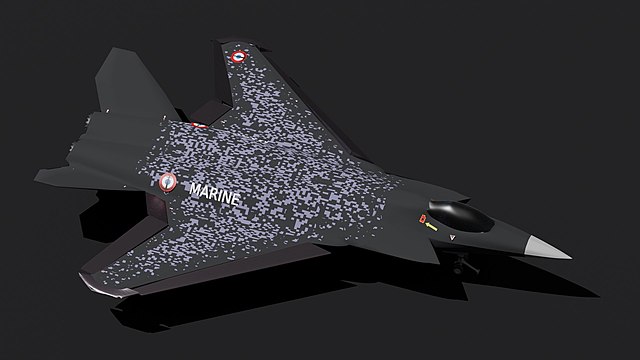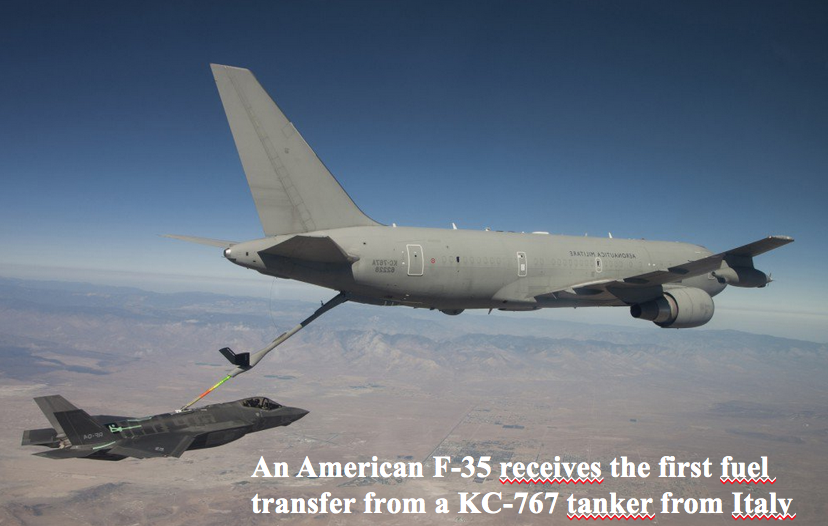The next phase of the project development and the new timeline of the FCAS program

France and Germany and two of the main companies involved, Airbus and Dassault Aviation, have formally agreed on the transition to a crucial phase of the FCAS project during which a demonstration jet, which is essential for the success of the project, will be built.
After almost a year of discussions on project costs, Paris, Berlin and Madrid have reached an agreement on starting the next phase of development of the FCAS project. The Future Combat Air System/ Système de Combat Aérien du Futur (FCAS/SCAF), the Franco-German-Spanish program for the sixth-generation fighter to replace the French Rafale and the German and Spanish Eurofighters, is taking off.
This was announced by the German Ministry of Defense on November 18. “The political agreement on the SCAF program is a great step forward – especially in the current international context – and an important sign of the excellent cooperation between France, Germany and Spain’, commented the French presidency, underlining that “France takes the role of project leader” while adding that the industrial agreement that has to go with it is “about to be concluded”.
“We can confirm that the negotiations between industries and governments on the next phase of the FCAS/SCAF project have been successful, which represents a step forward for this European defense flagship project” indicated Airbus, specifying that “now, some formal steps must be completed in their respective countries to allow for a quick signing of the contract that we will have to respect”.
THE FCAS/SCAF PROJECT: Launched by France and Germany in 2017, the joint defense project SCAF was joined by Spain in 2019. Its principle is to develop a series of interconnected weapon systems. At the heart of this system of systems, a next-generation combat aircraft will interact with drones and be able to mobilize multiple air, naval, land or space capabilities, thanks to Artificial Intelligence and a combat cloud.
THE FUNDS ALLOCATED: A 2020 French parliamentary report estimated development costs for 2030 at €8 billion but cited forecasts from outside analysts as high as €80 billion.
Estimates of its overall cost range from €100 billion to a recent report by the Frankfurter Allgemeine Zeitung which puts it at €500 billion.
For this next phase, called “1b”, approximately 3.8 billion euros had previously been allocated and the deadline was set for the end of last year
THE INDUSTRIES INVOLVED: At this stage, the main players involved are Airbus, Dassault Aviation, FCMS, Indra, ITP, MBDA, MTU, Safran, Satnus and Thales.
STALLS THAT HAVE PENALIZED THE FCAS PROGRAM: The demonstration part of the FCAS program is scheduled for 2027, with the entire “system of systems” to be deployed around 2040. Due to the afore mentioned disagreements between Airbus and the French Dassault, particularly on sharing intellectual property on flight controls, have slowed the progress of the FCAS. According to Éric Trappier, CEO of Dassault (who leads the FCAS program together with Airbus and Indra) the decade of 2040 set for the New Generation Fighter to be operational is now unattainable and therefore 2050 would be a more realistic goal.
THE COMPETITION WITH THE TEMPEST: But this delay, according to the Financial Times, could disadvantage FCAS in the race against the rival project, Tempest, developed by the United Kingdom and Italy with Bae Systems as team leader with Rolls, Royce, MBDA UK and Leonardo UK. Meanwhile, talks continue with Japan on whether to supplement its F-X fighter jet program with the Tempest.
complete article here by Chiara Rossi


